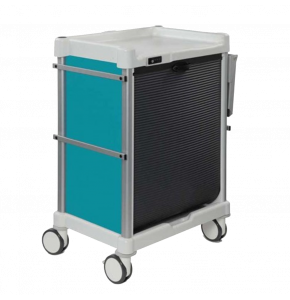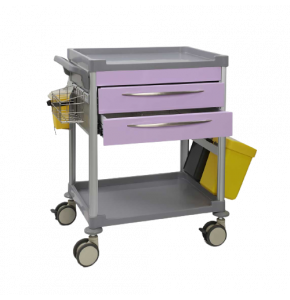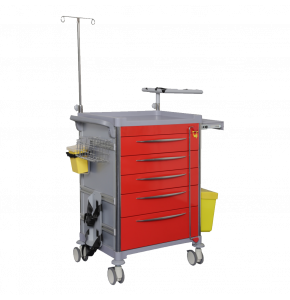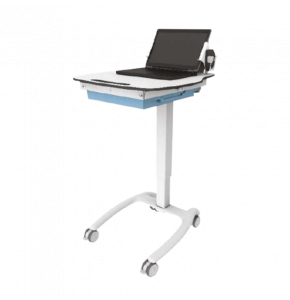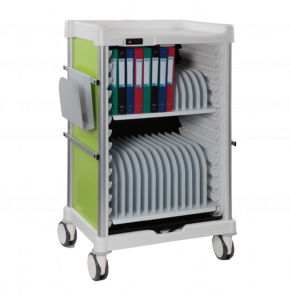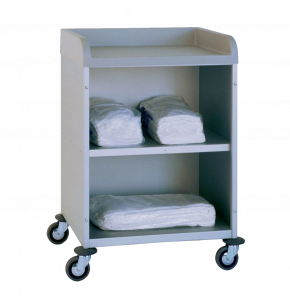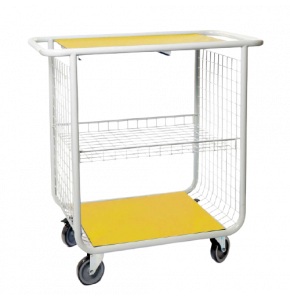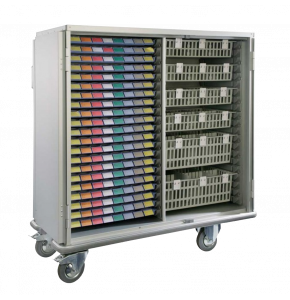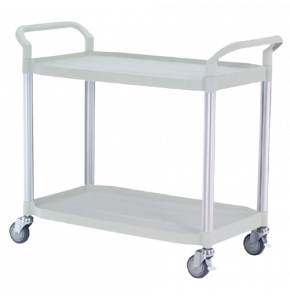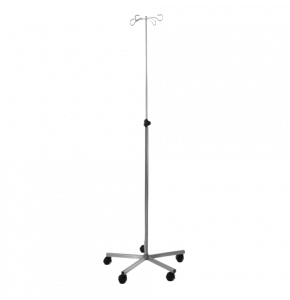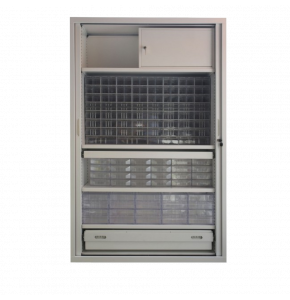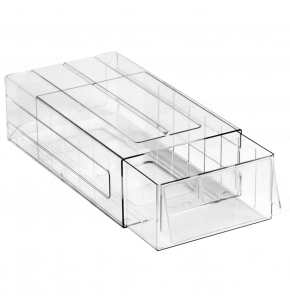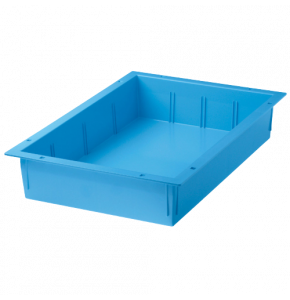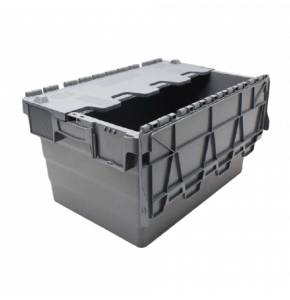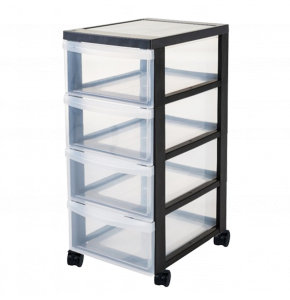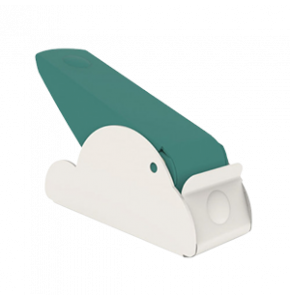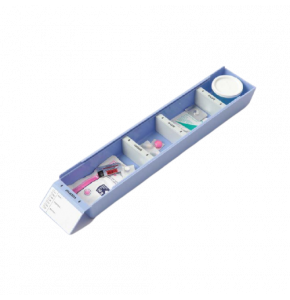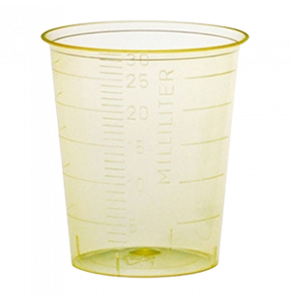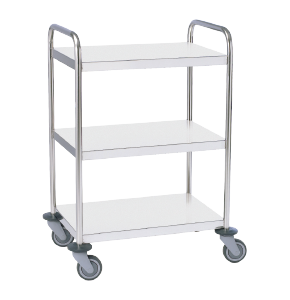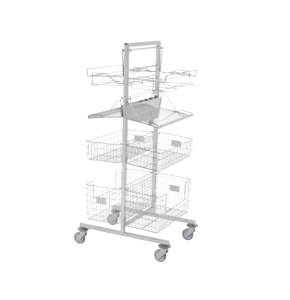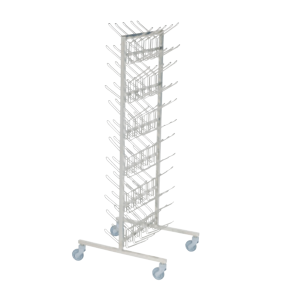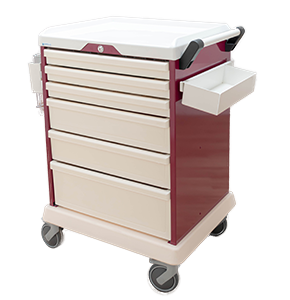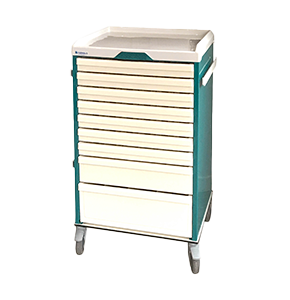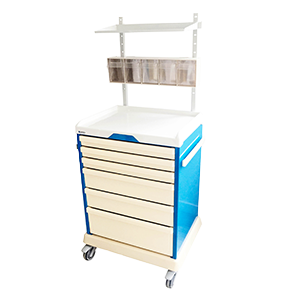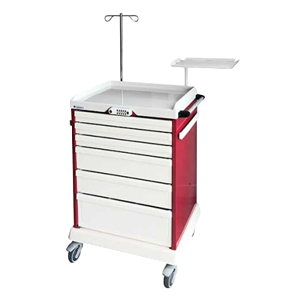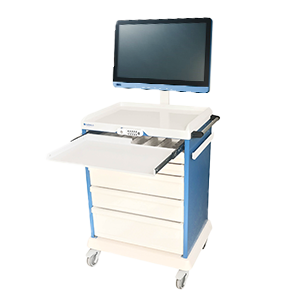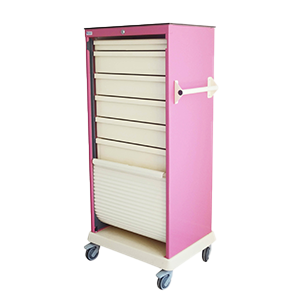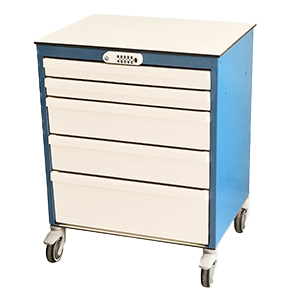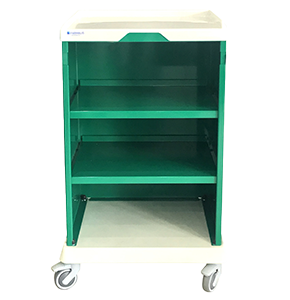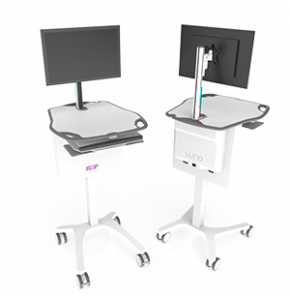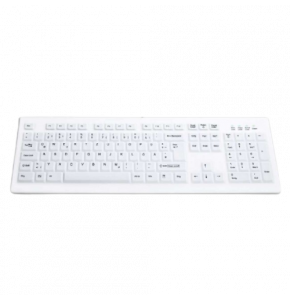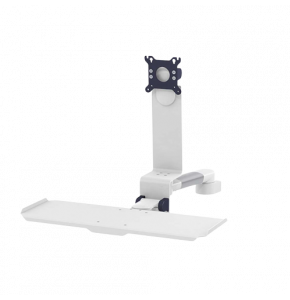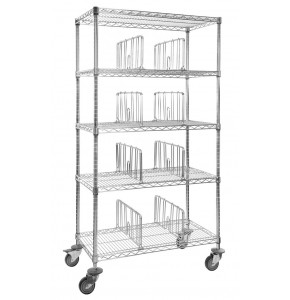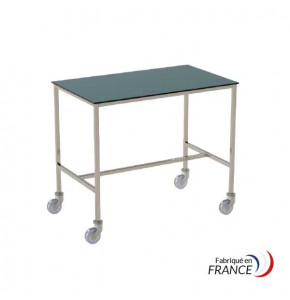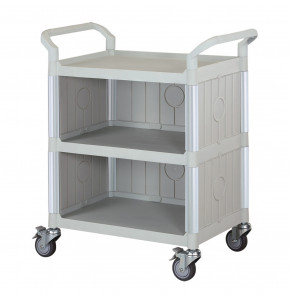Preparation and distribution of medicines in retirement homes
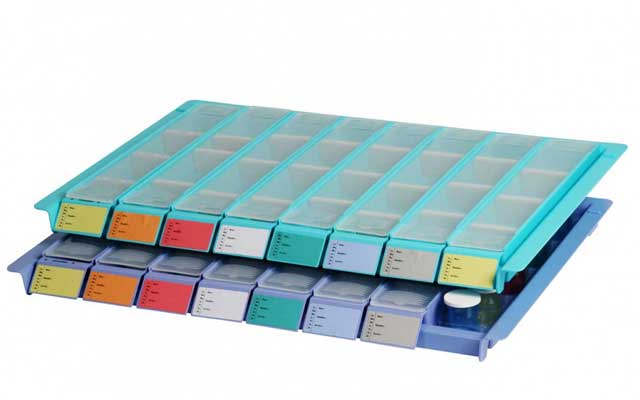
It has been noted that pharmaceutical services in hospitals are undergoing major changes that should lead to greater safety, monitoring and transparency in the preparation of medicines.
However, this evolution is not taking place in a homogeneous way at the level of the Etablissements d'Hébergement de Personnes Agées Dépendantes.
It is true that the choice of the dispensing pharmacist is made by the resident. However, it is the EHPAD that is responsible for organising the medication circuit with the town doctors, pharmacies, coordinating doctors and nurses.
As soon as the prescription is written, it is transmitted to the EHPAD, which immediately hands it over to the internal or external pharmacist.
In the case of a pharmacy, the preparation of medicines becomes more complex. Indeed, the pharmacy sends the boxes to the institution and the nurses prepare the pillboxes and send them to be taken by the patients. They can also prepare blister packs for each patient. Nurses have the option of using computerised systems such as PDA (Preparing Doses to Administer) which prepare doses in sachets.
The sachets are advantageous because they provide all the information needed to track the medication. In addition, the use of a computerised system means that the doses can be prepared in advance, especially if the resident is going to be away for the day or several days.
The robot saves a considerable amount of time compared to the manual preparation of a pillbox. The fact that it greatly reduces the error rate during preparation should not be excluded.
Here are some figures from the 2007 report of the Mission nationale d'Expertise et d'Audit Hospitaliers (MEAH) on the main types of error encountered during the administration of medicines, which should make you shudder:
- 37% dose errors
- 18.5% medication errors
- 10% dosage error
- 9% patient error
- 9% therapeutic follow-up error
- 9 % omission of dose error
- 2.5% dosage form error
- 1.3 % administration error
The pharmacist is therefore an essential link in the medication circuit for these institutions. It is therefore essential that he/she is well connected with the nursing home.
Indeed, the pharmacist has several missions and roles. He ensures, in partnership with the establishments, that the preparation and distribution are properly carried out. They also monitor the consumption of medicines and the control of iatrogenic problems.
Elderly people take a lot of medication on multiple occasions. On average, according to the 2011 report by the DRESS, an elderly person takes 6.2 medications.
The pharmacist is an important link in the chain of command to avoid unnecessary medication, in collaboration with the coordinating doctor, especially with regard to antibiotics and neuroleptics.
The pharmacist plays an important role in guiding the service towards the use of generic drugs.
 Francais
Francais 
 Cart
Cart Quote
Quote